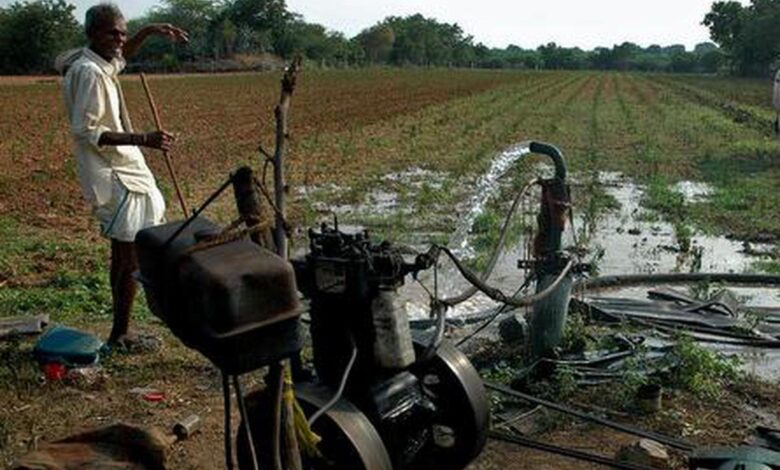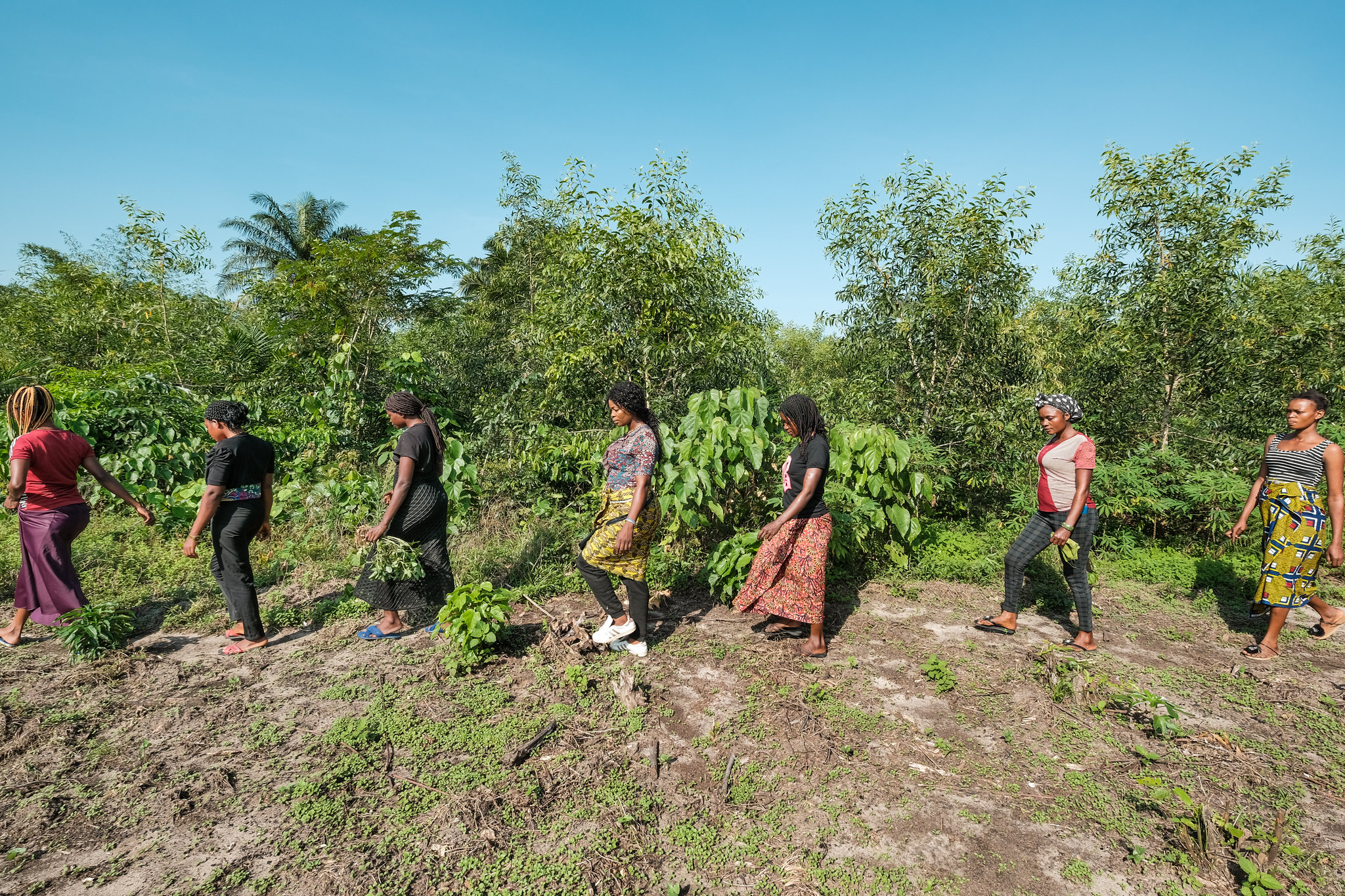Farmers should not be charged for “free” electricity since they bear 75% of the costs of groundwater

Farmers should not be charged for supposedly free electricity since they bear 75% of the costs of groundwater
Politicians and economists often recommend charging for pump irrigation without properly analyzing the groundwater cost or accounting for external factors.
In drilling wells, farmers are exposed to a lot of expenditure since, when a farmer drills a well, a neighbouring well must be drilled or deepened as well, a cost that is incorporated into a farmer’s production or consumption function, according to rules set by the Government.
In hard rock regions, where the chance of good success is only 0.3, the likelihood of (first, premature) failure of wells is growing. As a result, at least three wells must be drilled for one to be successful.
Despite the power subsidies provided to farmers, excessive drilling and groundwater extraction are decreasing well success rates, reducing the amount of land that can be irrigated, and raising the cost of groundwater extraction. Only 20 to 25 per cent of the entire cost of groundwater is covered by the power subsidies given to farmers; the majority of this cost is spent on repeated drilling and/or deepening of irrigation wells, which are not included in the cost of agriculture.

- Free electricity is only the tip of the iceberg
Politicians and economists believe that groundwater is equally as gratuitous as the free power provided to farms. Farmers are responsible for covering more than 75% of the cost of groundwater since they must frequently dig wells owing to cumulative interference that increases the likelihood of good failure. Therefore, farmers are effectively subsidizing society. It’s important to appropriately account for the cost of groundwater. Understanding well life and age, payback period (PBP), and well success/failure probability are necessary for this.
The term “life of well” describes the period of time that well-produced groundwater before ceasing to do so. The term “age of the well” describes the number of years that a well has been producing groundwater.
As an illustration, suppose we began gathering field data in 2022 and a farmer had four borewells: Borewell A was drilled in 2010 and initially failed, well B was drilled in 2013 and operated until 2016, well C was drilled in 2017 and is still operating, and well D was drilled in 2015 and is still operating.
As a result, the life of well A is 0 years, the life of well B is 4 years, the age of well C is 5 years, the age of well D is 7 years, and the average age of well is = (0+4+5+7= 16)/4 = 4 years, which is PBP is the timeframe for collecting the whole cost of the drilling, casing, irrigation pump set, conveyance system, and storage structure, drip irrigation system, recharge system, and electrification charges from the farmer’s net returns.
- Accounting for Externality
Externality raises the expense of drilling well(s) due to cumulative interference of wells resulting in a cone of depression. In theory, a farmer is not considered to have experienced externality if there are no failing wells. However, if a farmer has failed in one or more wells, this failure is attributable to a negative externality. Because of this, in cases where a farmer has well failures, the amortized cost per working well will be greater than the amortized cost per well (determined by dividing the amortized cost of all wells by the total number of wells) (i.e. including both functioning and nonfunctioning wells).
Because the amortization of variable costs is spread over the well’s age life, which is much less than 10 years, and depreciation is typically thought of for irrigation pump sets and accessories for 10 years, the farmer pays more for variable costs of groundwater and relatively less for fixed costs of groundwater as a result. This critical feature is not acknowledged by anyone, not even the Commission for Agricultural Costs and Prices.

- The variable cost of groundwater
The drilling and casing of bore wells, as well as their operation and maintenance expenses, are included in the variable cost of groundwater irrigation. These costs are amortized over the bore wells’ economic and/or subsistence lives. To get the variable cost of groundwater per acre-inch or per hectare cm, the amortized investment is divided by the volume of groundwater collected.
- Fixed cost of groundwater
For a period of ten years, the fixed cost of groundwater irrigation includes depreciation through amortized investment in irrigation pump sets, pump house, electrification charges, groundwater storage structure (if constructed), groundwater delivery pipe investment, drip irrigation, and accessory investment. The fixed cost of groundwater per acre-inch or per hectare cm is calculated by dividing the amortized fixed investment by the volume of groundwater taken in the most recent year. The fixed cost of groundwater recharge structure, if any, is calculated by amortizing the investment in groundwater recharge over the bore well’s subsistence or economic life, whichever is applicable to the bore well.

- Farmers are net subsidizing society by incurring more than 75% of the cost of groundwater themselves
According to our research in Karnataka, the cost of groundwater ranges from Rs. 200 per ha cm to Rs. 500 per ha cm, discounting the cost of energy utilized for pumping. Groundwater costs around 15% of the cost of cultivating perennial crops and 30% of the cost of cultivating seasonal crops such as vegetables, flowers, and field crops. Farmers are responsible for the expense of groundwater because it is not included in the cost of farming.
The majority of this expense is for groundwater wells, with the remainder being subsidized power costs. Farmers are constantly burdened by the fluctuating expense of drilling wells. Since farmers bear 75% of groundwater costs because of frequent failures and externalities, charging them for electricity is sinful.



